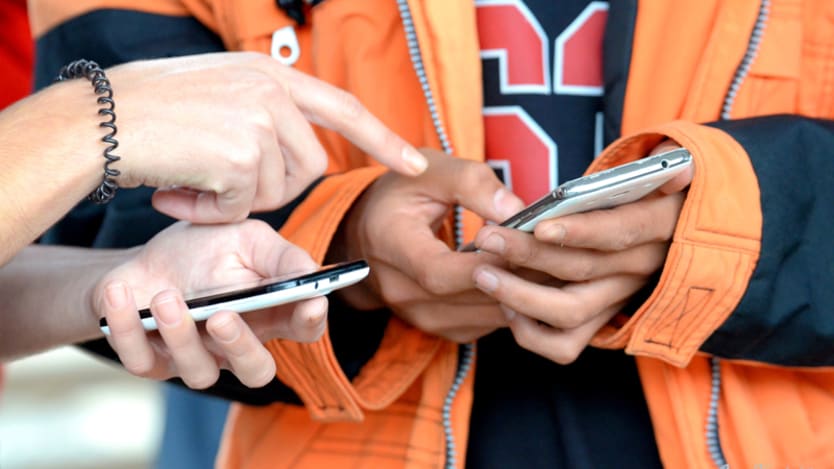
The ongoing refugee crisis in the Mediterranean highlights the misplaced assumptions we sometimes make about the role of technology in a crisis situation. Much of the media coverage has focused on the fact that those fleeing Syria, Afghanistan or other fragile states rely on their smartphones as essential to track their journeys and keep in touch with loved ones.
And these devices can do just that, playing a central role in keeping families connected and on course. But my recent trip to Lesbos, Greece, reminded me that a smartphone is only as good as its support infrastructure. And it certainly can’t be a substitute for the kind of coordination and communication that saves lives in such scenarios.
Many refugees and migrants’ first taste of Europe comes when they reach the shores of Lesbos, the third largest Greek island. But a pervasive lack of GSM infrastructure here means that conventional smartphones are of little use when it comes to coordination between aid agencies, nongovernmental organizations and other humanitarians. On top of this, there is very little basic infrastructure anywhere, which is taking its toll on coordination efforts more generally.
One particular challenge I noticed was a lack of a joined-up approach between the various NGOs operating on the ground, even in areas where several different smaller nonprofits are doing excellent work. Lessons learned and common solutions are not being shared among agencies — and the lack of connectivity is playing a part.
Meanwhile more and more refugees and migrants arrive by the day, but they move on and around quickly. There are two main refugee camps on the island: one near the capital where the Syrian refugees are housed and another about 15 miles away for refugees from other nations. But between these two there are as many as another 9,000 refugees, receiving shelter and aid from approximately a dozen NGOs. Yet another complication is the fact that the beaches where the refugees first arrive are 60 kilometers to the north of the main camps.
I founded Disaster Tech Lab to provide rapid response communication networks for use in disaster relief and humanitarian aid work. But this isn’t possible without the right equipment. Globalstar satellite phones, for instance, helped us to connect and coordinate medical staff based at the different camps, and to advise staff that there were people requiring medical attention on their way.
Alternative solutions such as satellite phone technology can also make an incredible difference on an emotional level. Refugees who found their smartphones to be useless upon arrival were incredibly grateful for the chance to make even a one-minute call home to let their families know that they had arrived in Europe safe and sound.
Realizing the further need for alternative, innovative solutions to help the refugees adjust and adapt, we’re helping to overcoming the challenge of low bandwidth across the island by having implemented Wi-Fi technology in the Kara Tepe and Moria camps — which is just as useful for the NGOs and aid agencies attempting to coordinate relief efforts as it is for the refugees themselves.
With winter drawing in, the harsh reality is that conditions are about to get a lot worse for those seeking refuge in Europe. Yet the grimmer situations at home mean they will continue to come, even as the weather turns against them and the journeys become even more perilous.
This crisis will not be solved overnight and it certainly looks like aid efforts on Lesbos are going to be needed for a long time to come. What my visit showed me is that there is an increasing need for operational efficiency and improved coordination efforts between everyone involved. Some of these changes will need to be made at the highest level. But even small changes to the way humanitarians work — improved with a simple piece of technology used in an unexpected way — can and should make an impact.
To read additional content on innovation, go to Focus On: Innovation in partnership with Philips.


